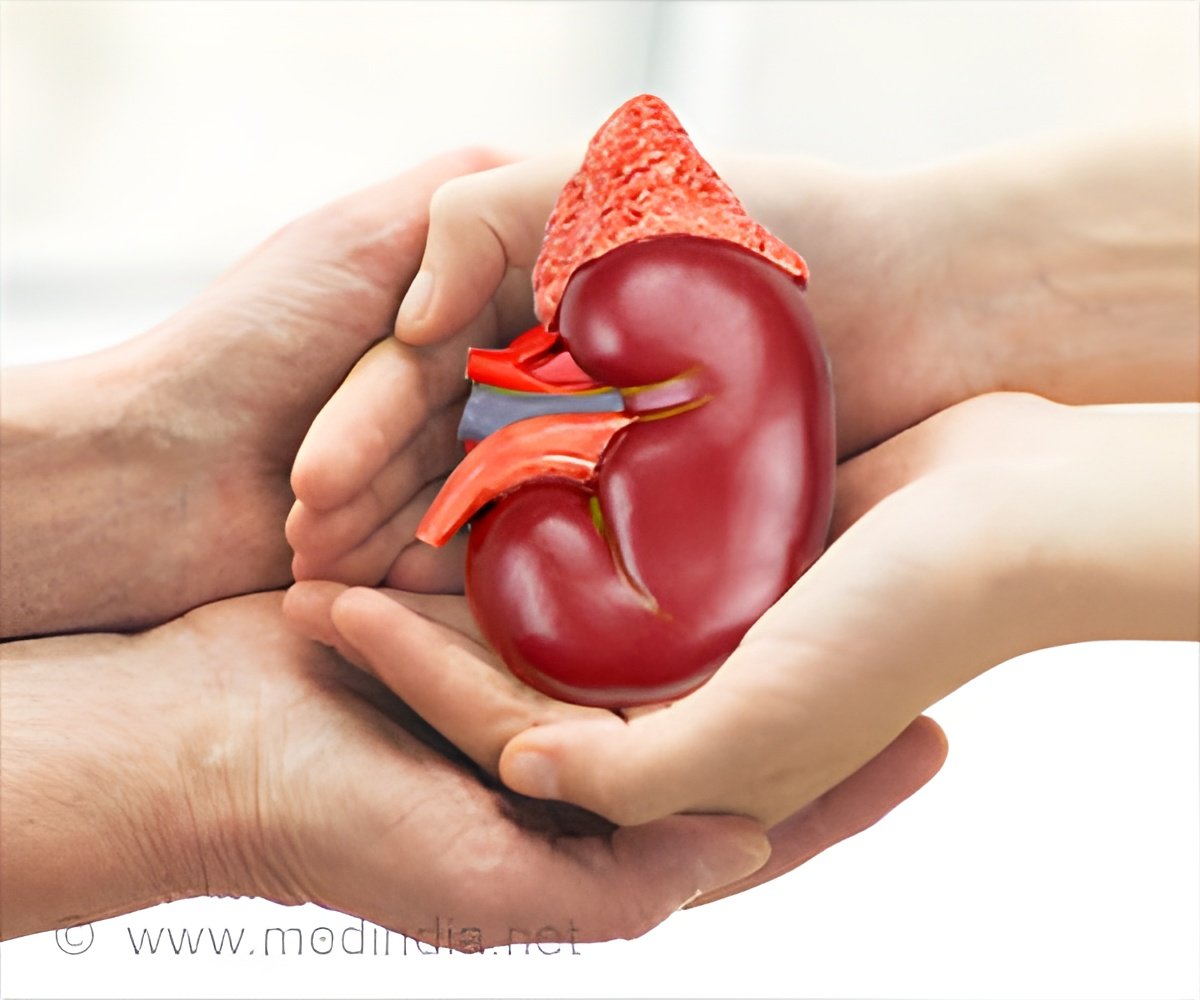Doctors have performed a challenging operation in a young patient, who had a history of a stone in left ureter, the pipe connecting kidney and urinary bladder.

Surgery Planned and Performed
A local doctor from Punjab tried to remove the stone but during the process 25 to 26 cm of left ureter also came out along with the stone, said the hospital on July 12th, Tuesday.‘A local doctor from Punjab tried to remove the stone but during the process 25 to 26 cm of left ureter also came out along with the stone.’





"In a normal patient there is one kidney on the left and one on the right side and two ureters connecting these kidneys to the bladder. But in this case, we were surprised to see the left kidney lying alone without any connection with the bladder," said Dr. Vipin Tyagi, senior consultant, who operated the patient. "Since the patient was young and the intestine is not the ideal substitute for the ureter reconstruction. We decided to perform ’Auto-Kidney Transplant’, which means in this patient taking the normal kidney out from the left side and bringing it close to the bladder on the right side and connecting it with blood vessels going from the abdomen to the right leg (External Iliac Vessels). Now both the kidneys are on the right side," he added further.
Dr. Tyagi further added: "The kidney was close to the bladder but with the gap of 4–5 cms. So, we decided to reconstruct a tube of 4–5 cms using the wall of urinary bladder. As soon as this reconstructed tube was connected to bladder, the blood flow to this kidney restarted and immediately urine started coming out through this tube."
"The options before us were either to remove the kidney or remake the missing connection between kidney and bladder by using intestine or perform kidney auto transplant," Dr. Sudhir Chadha, co-chairperson, Department of Urology, said.
Meanwhile, the patient had recovered well and recently been discharged with both functioning kidneys on one side of the body (right side).
Advertisement








